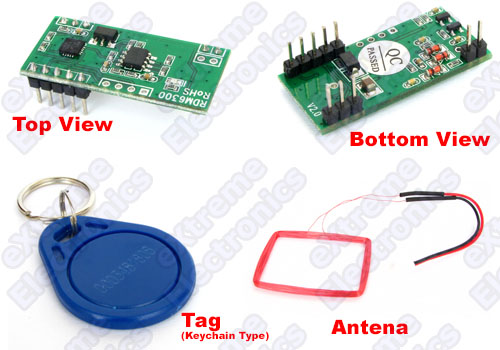There are 752 active rfid tag price suppliers, mainly located in Asia. The top supplying country is China (Mainland), which supply 100% of active rfid tag price respectively. Active rfid tag price products are most popular in Domestic Market, North America, and Mid East. The RFID India market requires faster RFID tag read rates due to larger quantities and volumes required to be processed and read. One of the biggest limitations associated with barcodes is line of sight which limits the ruggedness of barcodes.
About Us TTF (part of the PVL Group; members of AIM & GS1) is a manufacturer of RFiD Tags, started in 2008 with the primary objective of distinct culture of customer satisfaction through product quality, affordability and on time delivery.
Service Provider of RFID Tag - RFID Tags UHF HF Active LF, RFID Laptop Tag, Active RFID Tag and RFID Reader Tags offered by Curious Venture, Bengaluru, Karnataka. Cost efficient solution with exceptional durability for washing, drying, dry cleaning and ironing. Bengaluru-560102, Karnataka, India. Get Direction. Active rfid tag price products are most popular in Domestic Market, North America, and Western Europe. You can ensure product safety by selecting from certified suppliers, including 427 with ISO9001, 248 with ISO14001, and 48 with Other certification. Find here RFID Reader, RFID card reader manufacturers, suppliers & exporters in India. Get contact details & address of companies manufacturing and supplying RFID Reader, RFID card reader, RFID tag reader across India. - Low cost AAA battery operation - Programmable LED. The reader collects the tag information from the compatible.

Active, semi-passive and passive RFID tags are making RFID technology more accessible and prominent in our world. These tags are less expensive to produce, and they can be made small enough to fit on almost any product.
Active and semi-passive RFID tags use internal batteries to power their circuits. An active tag also uses its battery to broadcast radio waves to a reader, whereas a semi-passive tag relies on the reader to supply its power for broadcasting. Because these tags contain more hardware than passive RFID tags, they are more expensive. Active and semi-passive tags are reserved for costly items that are read over greater distances -- they broadcast high frequencies from 850 to 950 MHz that can be read 100 feet (30.5 meters) or more away. If it is necessary to read the tags from even farther away, additional batteries can boost a tag's range to over 300 feet (100 meters) [source: RFID Journal].
Like other wireless devices, RFID tags broadcast over a portion of the electromagnetic spectrum. The exact frequency is variable and can be chosen to avoid interference with other electronics or among RFID tags and readers in the form of tag interference or reader interference. RFID systems can use a cellular system called Time Division Multiple Access (TDMA) to make sure the wireless communication is handled properly [source: RFID Journal].
Passive RFID tags rely entirely on the reader as their power source. These tags are read up to 20 feet (six meters) away, and they have lower production costs, meaning that they can be applied to less expensive merchandise. These tags are manufactured to be disposable, along with the disposable consumer goods on which they are placed. Whereas a railway car would have an active RFID tag, a bottle of shampoo would have a passive tag.
Another factor that influences the cost of RFID tags is data storage. There are three storage types: read-write, read-only and WORM (write once, read many). A read-write tag's data can be added to or overwritten. Read-only tags cannot be added to or overwritten -- they contain only the data that is stored in them when they were made. WORM tags can have additional data (like another serial number) added once, but they cannot be overwritten.
Cost Of Rfid Tags
Most passive RFID tags cost between seven and 20 cents U.S. each [source: RFID Journal]. Active and semi-passive tags are more expensive, and RFID manufacturers typically do not quote prices for these tags without first determining their range, storage type and quantity. The RFID industry's goal is to get the cost of a passive RFID tag down to five cents each once more merchandisers adopt it.
Cost Rfid Tag System
In the next section, we'll learn how this technology could be used to create a global system of RFID tags that link to the Internet.



